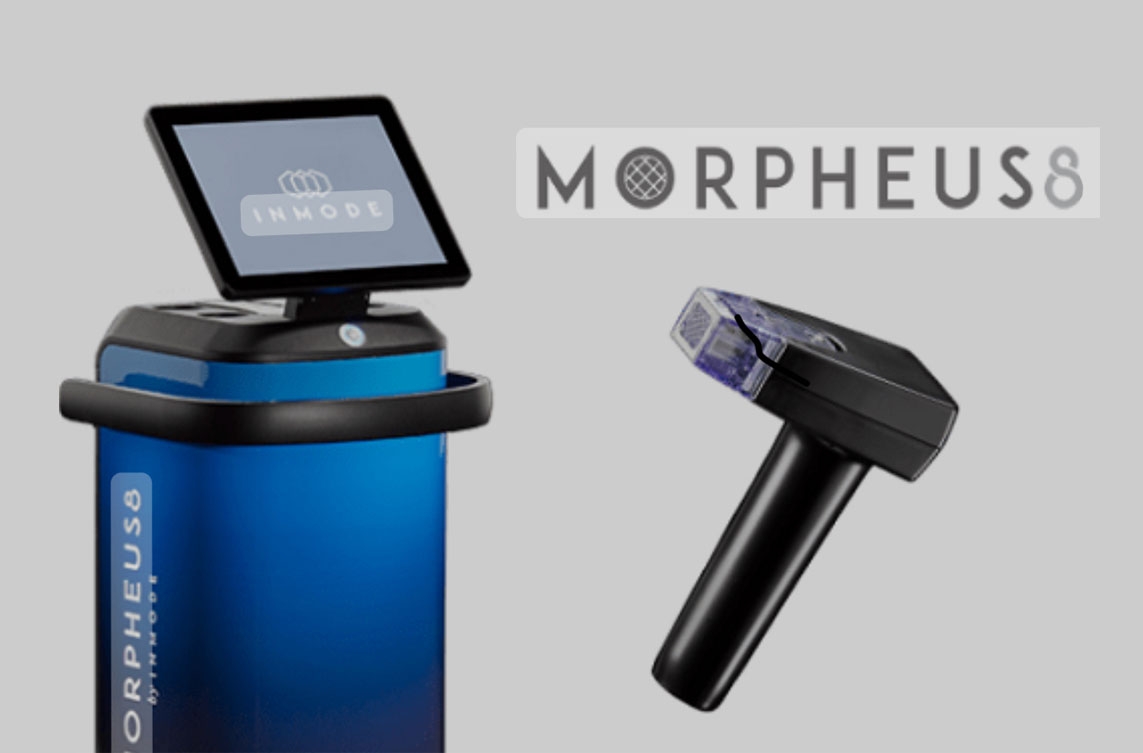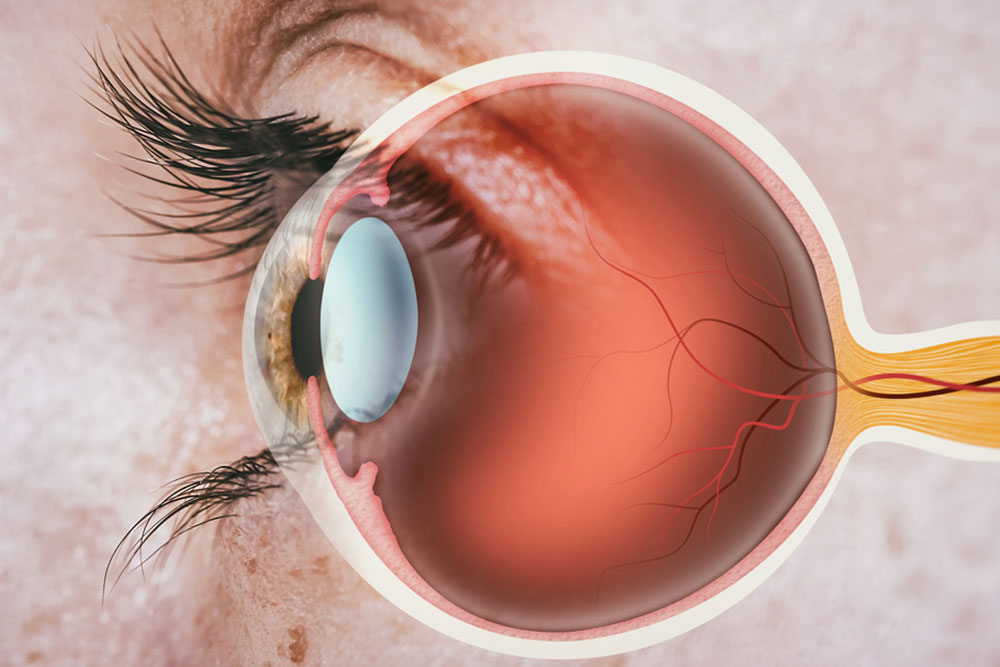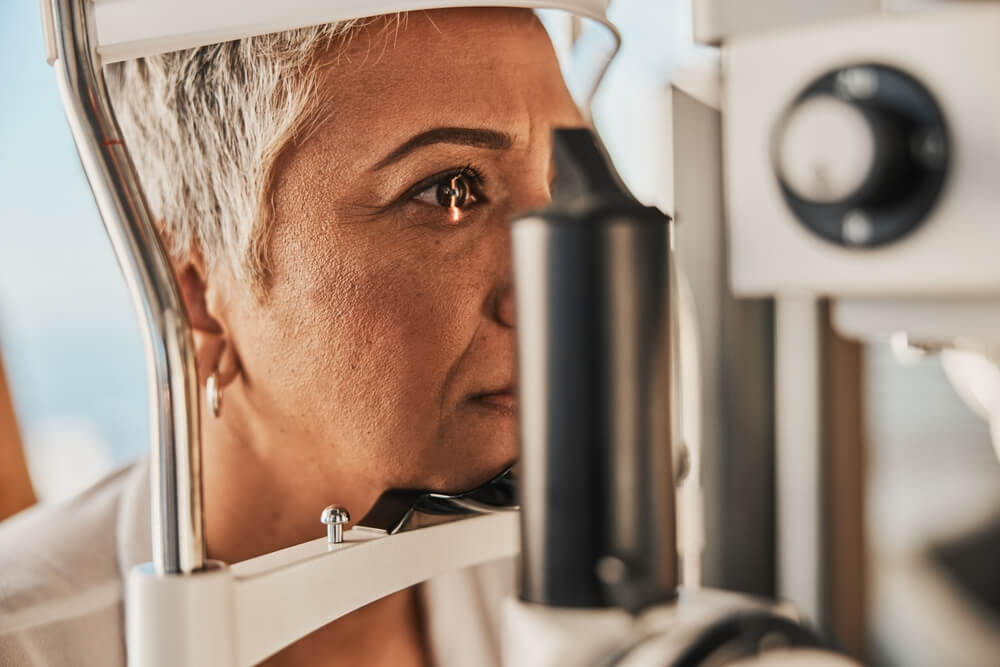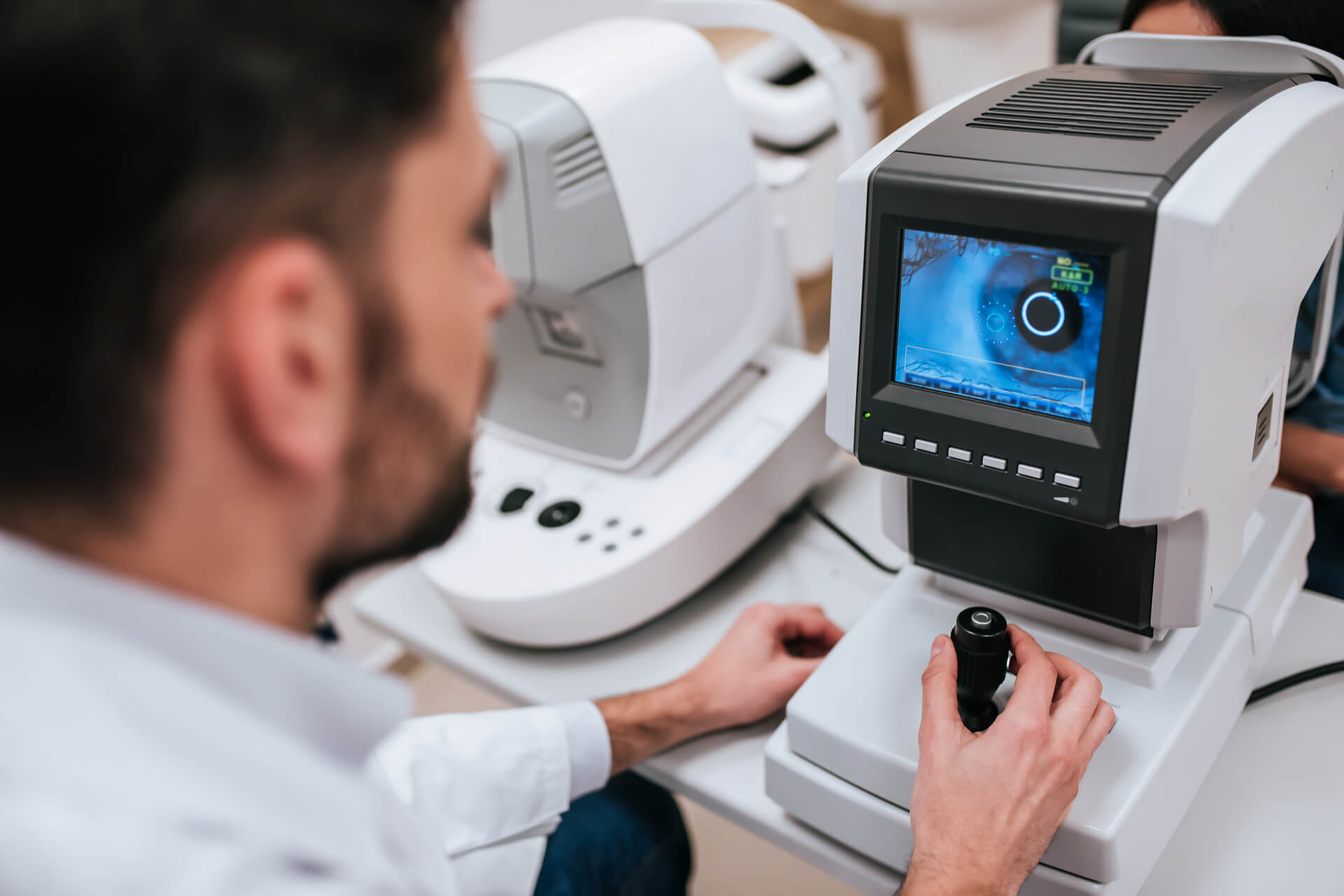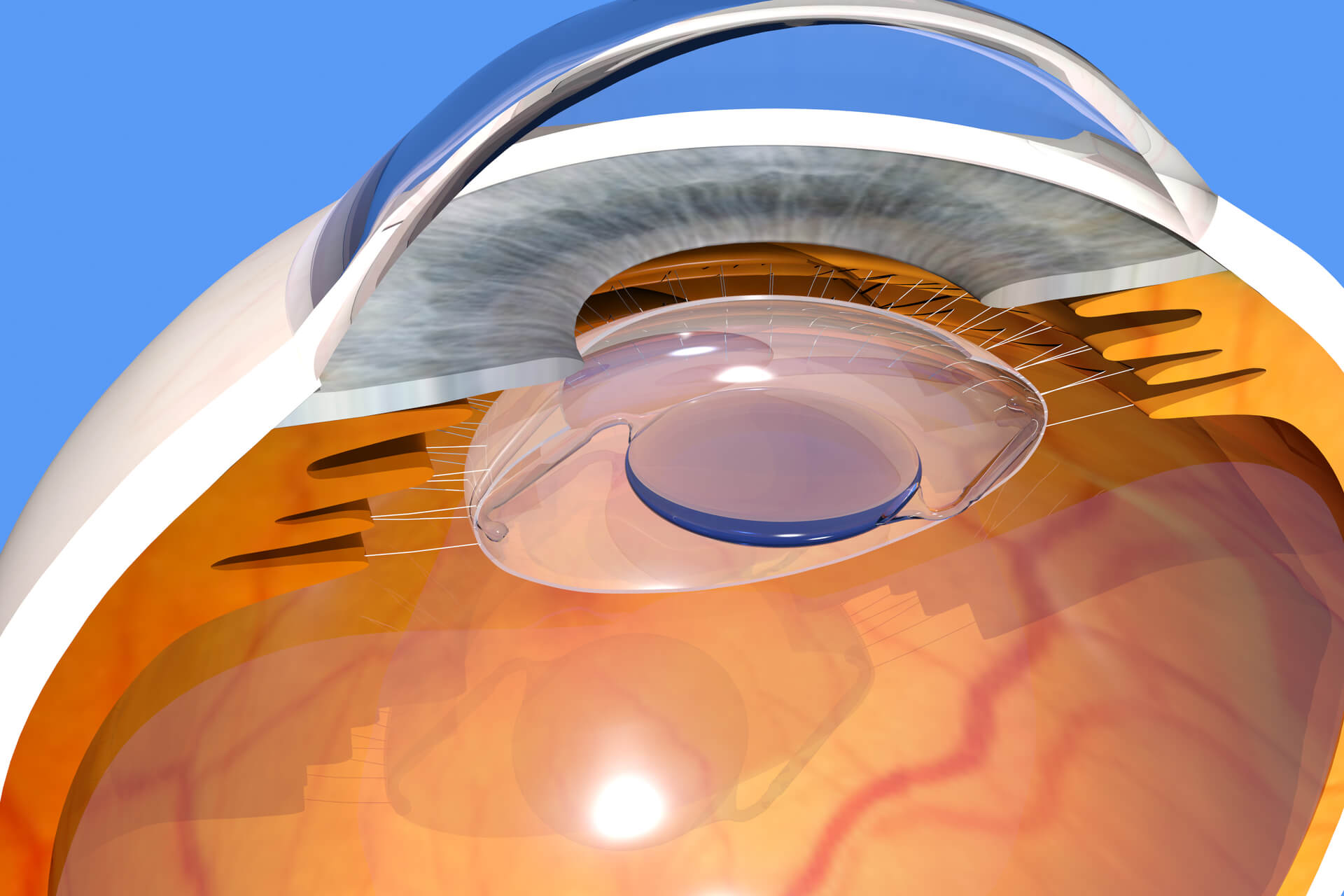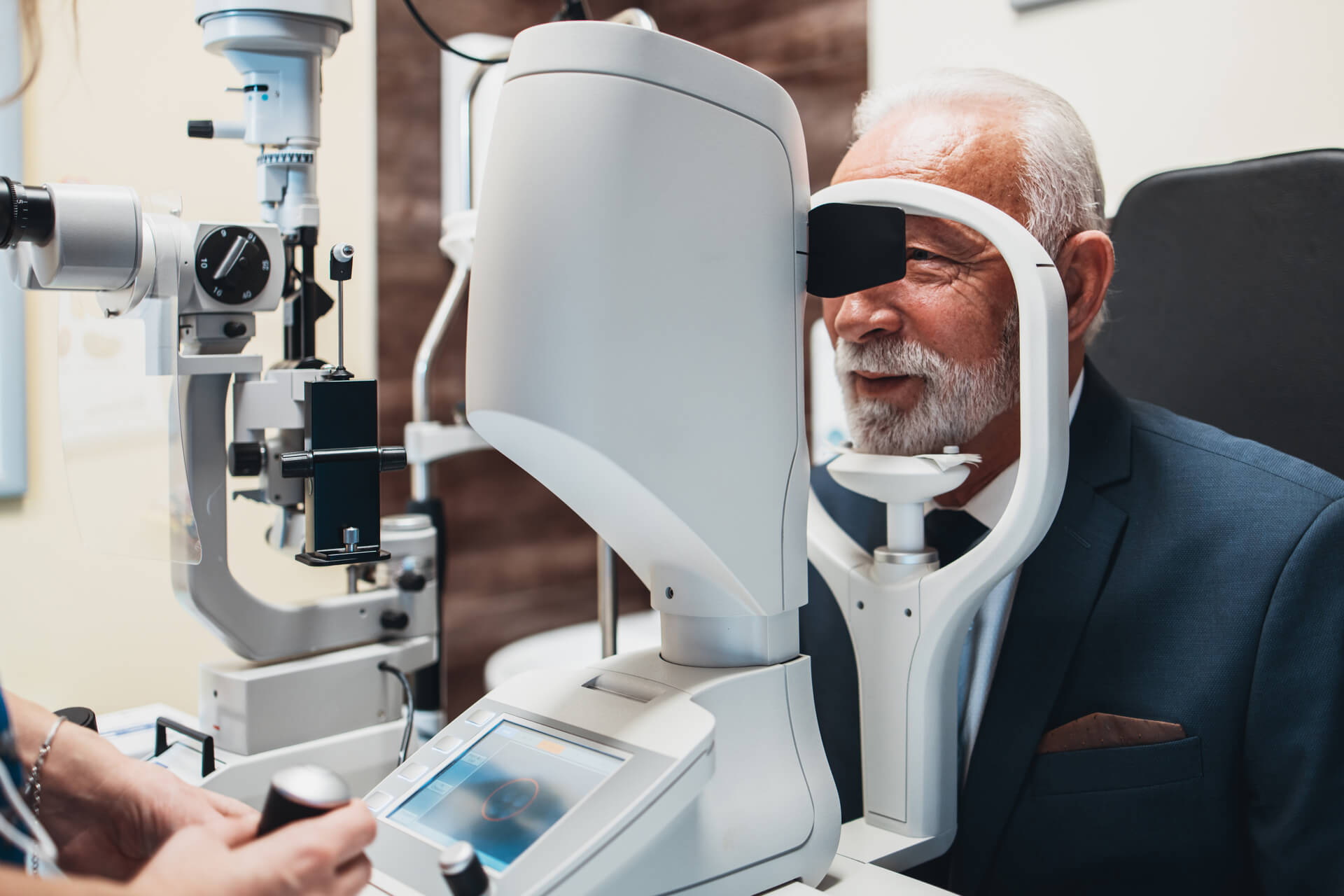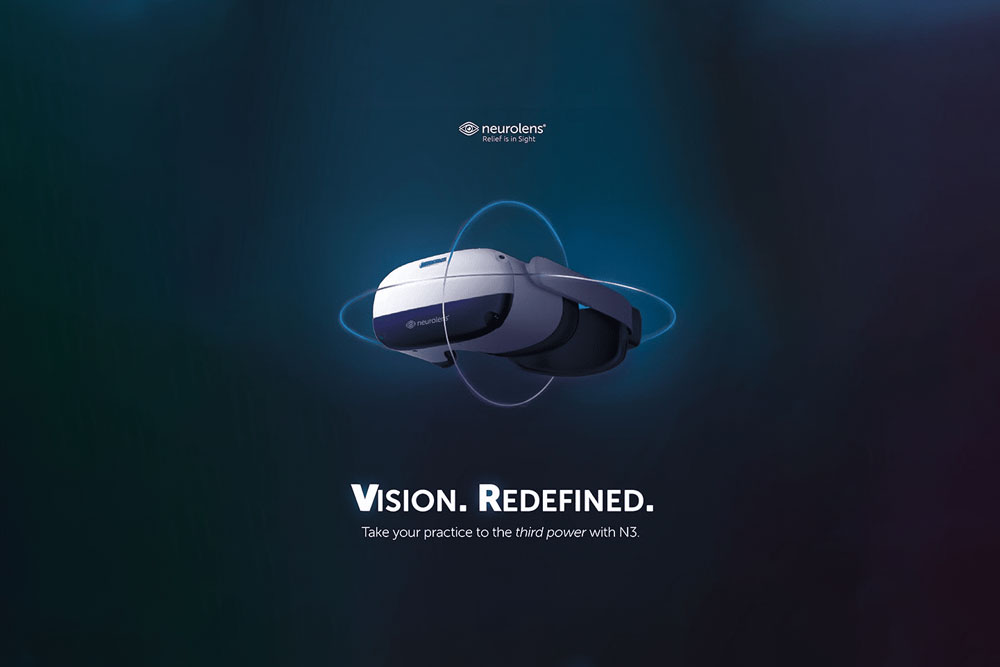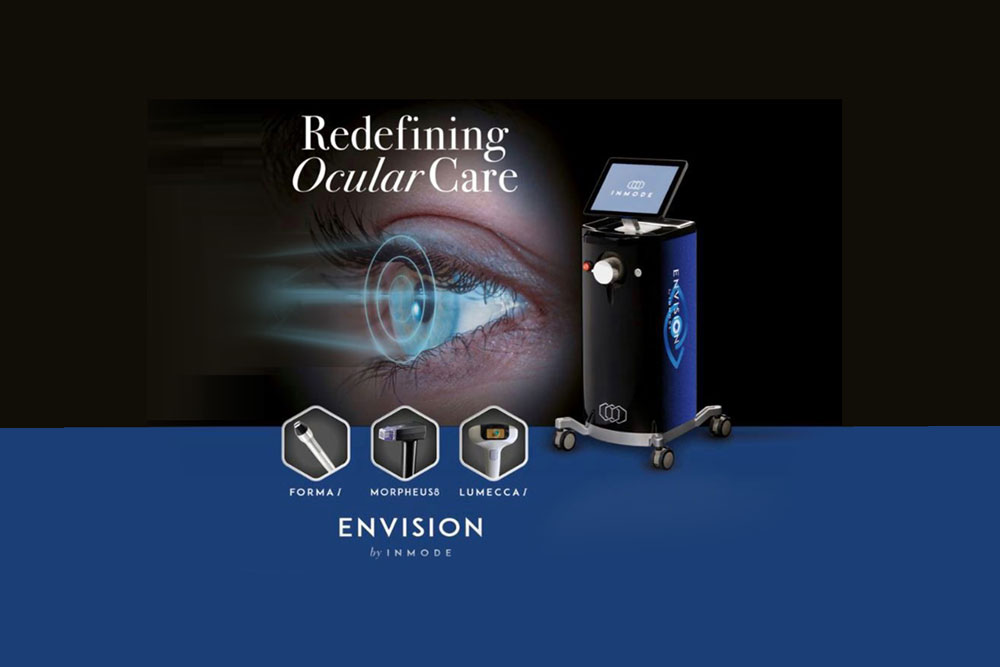Medical examinations of your eyes are important and necessary for all ages. We will evaluate your eyes for:
- Accurate eyeglass or contact lens prescriptions
- How your eyes pair and function together as a team
- Common eye conditions and diseases
- Indications of your general health and overall well-being
Dr. Joseph Convertino will use top technology and a variety of procedures to test your vision quality and ocular health. Tests range from having you read a simple eye chart to assessing the tissues inside your eyes by looking through a high-powered lens. Depending upon your age, physical condition and various risk factors, we recommend that you undergo a comprehensive eye exam every one to three years.
Eye Exams for Adults
Any adult who wears corrective lenses, either eyeglasses or contact lenses, should go for an eye exam every year, according to The American Optometric Association (AOA). Any adult who does not need vision correction should have an eye exam conducted every two to three years, until 40 years of age. If risk factors such as diabetes, high blood pressure or other disorders are present, more frequent eye evaluations are strongly recommended.
Once you are over age 40, there are many common age-related eye issues that may begin, such as macular degeneration, cataracts and presbyopia. In order to catch symptoms at an early stage, it is recommended that you schedule an eye exam every one to two years. As the risk of eye diseases becomes greater with age, annual exams are important for all adults over the age of 60.
Eye Exams for Infants and Children
Guidelines put out by the AOA advise that all children should first go for an eye examination at 6 months old, then at 3 years of age, and then again prior to starting school.
Your pediatrician or family physician will probably be responsible for your child’s initial eye exam. If any problems are suspected, you may receive a referral to visit a qualified optometrist or ophthalmologist for further assessment with specialized equipment and training.
If no risk factors or vision problems are found, school-aged children are then recommended to schedule an eye exam every two years. If any vision problems or risk factors are diagnosed, then eye exams should be conducted more frequently. The AOA recommends an exam every 12 months, or per the instruction of your eye doctor.
You likely have many questions about eye exams and your children. To help out – we’ve prepared answers to the most common inquiries below.
What are some common risk factors for vision problems in children?
- Delayed development
- Crossed eyes
- Past eye injury
- Premature birth
- Eye diseases or vision problems in the family
- Disease or any other physical illness
What happens at a pediatric eye exam?
Eye exams and the particular components of each child’s evaluation are age-specific. Yet in general, the appointment will include taking a case history, determining vision and the need for eyeglasses, checking the alignment of both eyes and a general assessment of eye health.
When you fill out the case history form, be sure to include any relevant details about your child’s development and behavior, such as frequent eye rubbing, delayed motor coordination, excessive blinking or failure to hold eye contact. It’s also important to share any information about failed vision screenings, poor tracking ability, as well as previous eye diagnoses and treatments.
How can the doctor test vision in infants and young children?
Your baby’s vision may take a long while to develop, but there are ways for a doctor to confirm that development is proceeding normally. Some of the tests done with infants include checking the pupil’s response to light, assessing your baby’s ability to fixate vision on an object and then follow it, and “preferential looking” – which involves presenting striped cards into your baby’s field of vision in order to observe vision capabilities.
When a young child does not yet know the alphabet, or is simply too shy to respond to the doctor, there are a few effective, alternative tests to check vision. To determine eyeglass prescription, a retinoscopy may be used to observe the retina’s ability to reflect light , LEA Symbols – such as a house, apple or square, may be used in place of a letter chart, and having the child gaze at dot patterns is another tool to assess how the eyes pair and work together.
What are common vision problems in children?
Nearsightedness, farsightedness and astigmatism: These are typical vision problems that doctors look out for in children’s eyes. They are generally corrected with eyeglasses.
Insufficient Convergence: This refers to difficulty with aligning the eye for tasks done up close, such as reading. Eye exercises and vision therapy are highly successful treatment options.
Accommodation/Focusing Problems: This occurs when children find it hard to hold focus when reading, or to change focus when looking between objects near and far and back again. Vision therapy is very helpful.
Binocularity Problems: This is also known as “eye teaming”; when insufficient, problems can ensue with coordination and depth perception.
Amblyopia (“Lazy Eye”): This is diagnosed when vision is compromised in one or both eyes, even though there is no eye damage or pre-existing health problem. The stronger eye is often patched in order to strengthen the weaker eye.
Strabismus: A congenital defect is often to blame for this misalignment of the eyes, caused by a muscular problem. Surgery may be needed in order to correct the condition.
Why is it so important to go for pediatric eye exams?
According to education experts, approximately 80% of all classroom learning is communicated through visual teaching tools. Therefore, a child who cannot see well has a distinct handicap when it comes to learning and processing information.
Vision and learning
The AOA recommends that children who wear eyeglasses or contact lenses should have their eyes examined at least every 12 months or according to their eye doctor’s instructions. Read more about Pediatric Eye Exams
Adults
The AOA also recommends an annual eye exam for any adult who wears eyeglasses or contacts. If you don’t normally need vision correction, you still need an eye exam every two to three years up to the age of 40, depending on your rate of visual change and overall health. Doctors often recommend more frequent examinations for adults with diabetes, high blood pressure and other disorders, because many diseases can have an impact on vision and eye health.
Our office provides comprehensive eye exams with the latest technologies, such as the Optos Daytona Optomap. If you are over 40, it’s a good idea to have your eyes examined every one to two years to check for common age-related eye problems such as presbyopia, cataracts and macular degeneration.
Because the risk of eye disease continues to increase with advancing age, everyone over the age of 60 should be examined annually.


